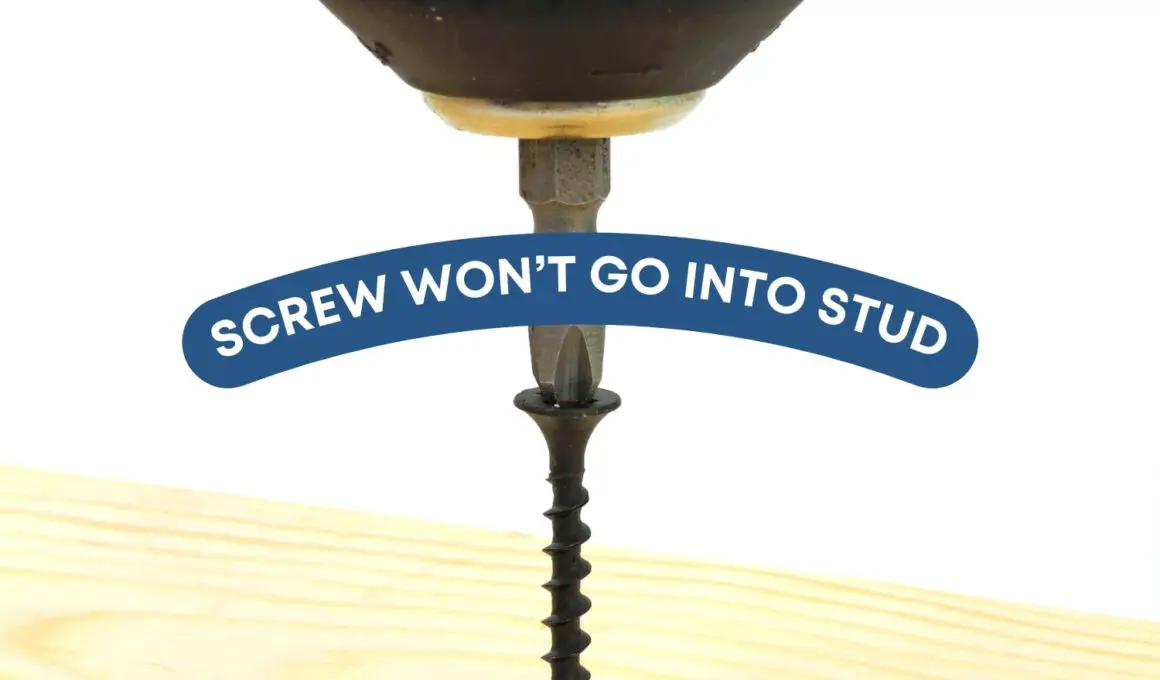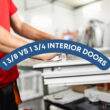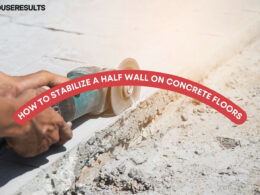Table of Contents Show
Have you ever been trying to assemble something, only to find that the screw won’t go into the stud? It’s a common problem and one that can be frustrating.
Fortunately, there are some easy solutions that you can try to get the screw into the stud. In this article, we’ll look at some of the most common causes of this issue and provide tips on resolving them.
Read on to learn more about what could be preventing your screw from entering the stud and how you can fix it.
NEW: 1/4 vs 3/8 Air Hose: Which Should You Use?
5 Possible Reasons Screw Won’t Go Into Studs
If your screw won’t go into the stud, there are a few possible reasons this is occurring. They are below;
- The most common reason is that the hole in the stud is too small. If this is the case, you can either enlarge the hole with a drill bit or use a different screw.
- Another possibility is that the stud is stripped. This means that the threads on the stud are damaged, and the screw can’t grip them. To fix this, you can try using a smaller screw or using a screw with bigger threads.
- There may be something blocking the way. This could be a piece of wood or metal that’s in the way of the screw. In this case, you’ll need to remove whatever is blocking it before inserting the screw.
- Another reason your screw isn’t going into a stud is that the screw is old. If this is the problem, then the screw will not be made to make its way into the stud. Ensure you make use of a good screw that is the right size.
- Dirt and debris can also be the culprit. They could block the surface you are trying to screw on, which can hinder the screw from going in.
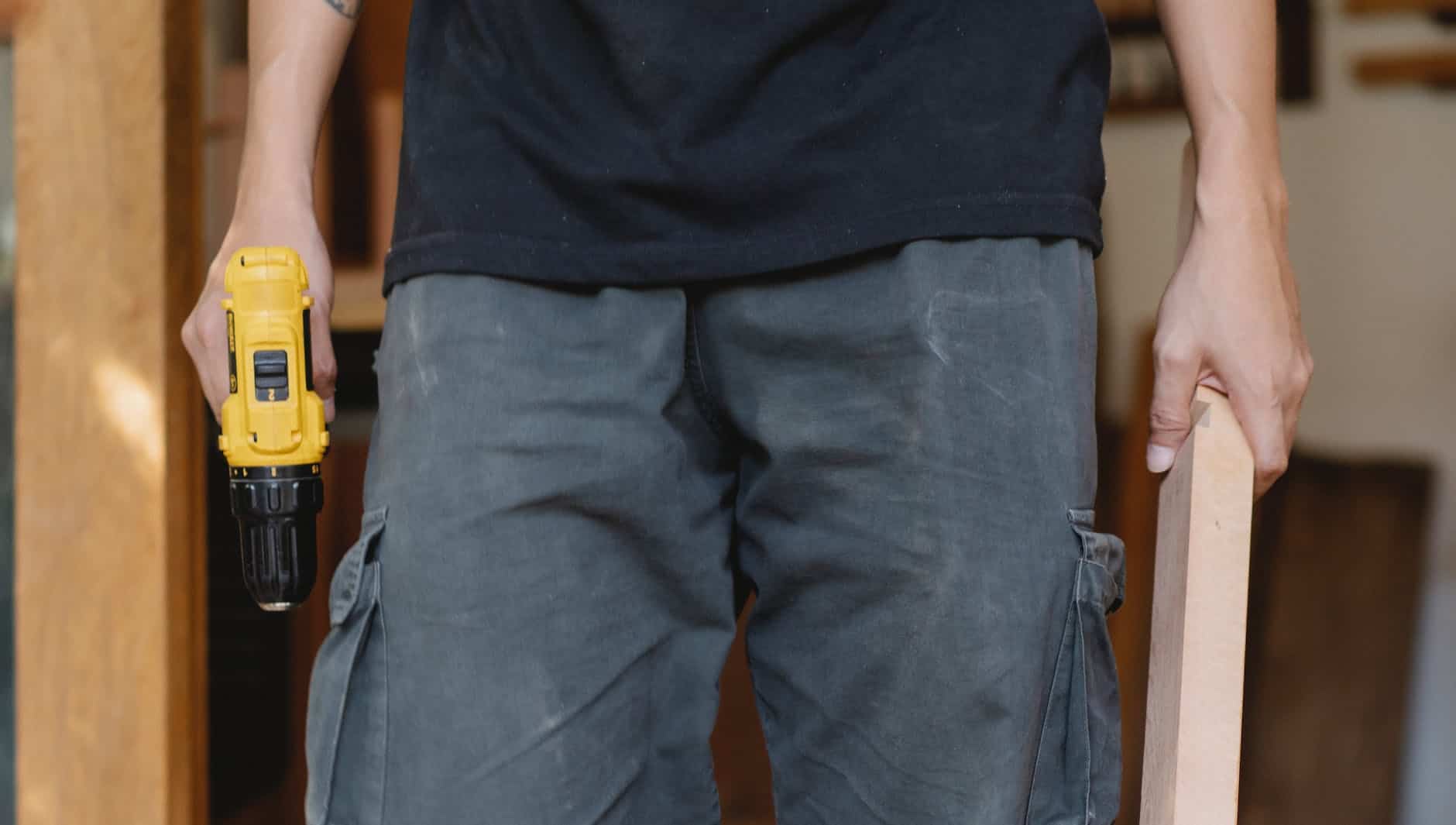
What To Do To Make A Screw Go Into A Stud
If you’re trying to screw into a stud and it’s not going in, you can do a few things to try and get it to work.
- Make sure that the screw is the right size for the stud. It won’t go in if the screw is too big or too small.
- Try using a different type of screw. Different types of screws have different shapes that may fit better into the stud.
- You should also try using a drill bit that’s slightly smaller than the screw. This will create a smaller hole for the screw to go into and make it easier to get started.
- Finally, if none of these things works, you may need to use a power drill to create a hole for the screw to go into.
How To Drive A Screw Into Stud Perfectly
You can do it right and perfectly regardless of your experience with driving screws into studs. The following are ways to drive your screw into the stud perfectly.
1. Drill The Stud Perfectly
Above all else, the first thing to drill a stud perfectly is to identify where the stud is. This can be a challenge and the beginning of your perfect or wrong drill. A good way to find the stud is to make use of a stud finder. A stud finder is a small device that helps you locate a stud.
All you need to do is place it gently around the wall and it will get the stud for you! You can also locate the stud on the wall by “Tapping the wall” Although this isn’t the most accurate method, it works.
Get the room to be quiet and knock on the wall and pay attention to hear a “solid” hit, instead of a shallow and empty sound of drywall.
2. Get to Marking
When you locate the stud on your wall, the next step is to mark the sides of the stud. This gives you the accuracy of where you want to work. Marking the beginning of the stud sound till where it stops, helps you not to make any mistakes in drilling the drywall.
3. Drill Bits
Next, choose drill bits. You may not need to worry about the size of bits if you are screwing into wood. We recommend you focus on choosing the right screw; once your screw is set, choose a bit that fits right into the screw.
However, if you will be drilling into metal, you must pay more attention to the bits you will be using. We advise that you choose bits that are made of cobalt or titanium. Also, ensure the bits are sharp and okay for you to use.
4. Final action, Drill
All set? Then it’s time to drill! Set the tip of the screw on the marked stud area. Ensure the screw is balanced on the wall. Then begin to drill! You might need to add a little pressure while you drill the wall. As you drill, you might want to take a break and then continue, until you get to the stopping point.
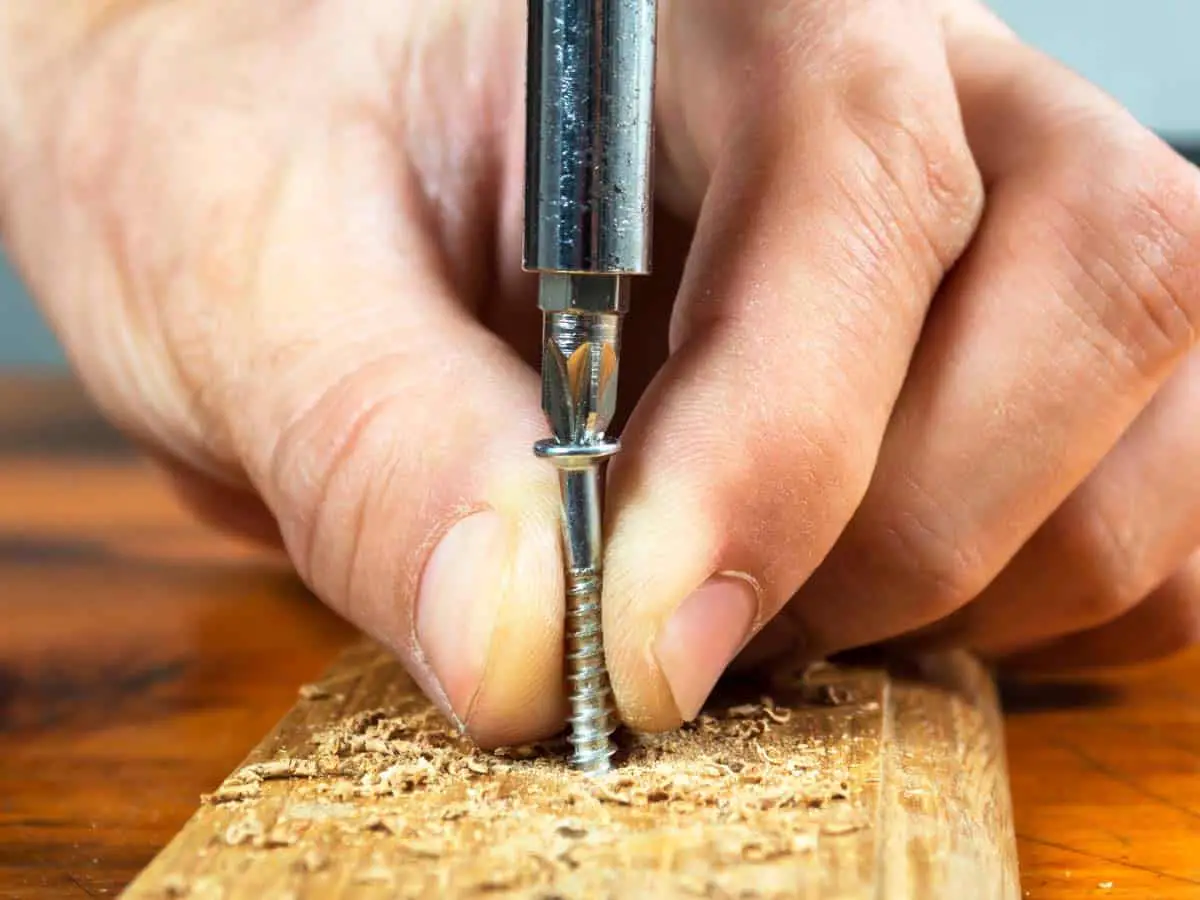
Things To Know When Working On A Stud
When you’re driving a screw, there are a few things you should keep in mind to ensure the best possible results.
- First, we advise you to ensure the drill bit you’re using is the correct size for the screw you’re trying to drive.
- Secondly, always use a power drill at high speed when driving screws; this will help prevent the screw from stripping.
- Ensure the surface you are about to work on is very clean.
- Finally, be careful not to over-tighten the screw, which can damage both the screw and the material you’re fastening it into. With these tips in mind, you’ll be able to drive screws like a pro!
Can I Screw Manually Into The Wood?
It is possible to screw into the wood without using a drill, but it will be much more difficult. The best way to do it is to use a hand screwdriver and start by making a small pilot hole.
Once the pilot hole is started, you can continue to screw in the screw by twisting it with your fingers. This method will take longer and require more effort than using a drill, but it can be done if you don’t have a drill handy.
How Do I Screw Without Splitting The Wood?
If you’re having trouble getting a screw to go all the way into a stud without splitting the wood, there are a few things you can try.
First, ensure you’re using the right size drill bit for the screw you’re trying to use. If the drill bit is too small, the screw won’t bite into the wood and will just spin without going in. However, if the drill bit is too large, it will split the wood.
Second, try using a smaller screw. Third, predrill a pilot hole with a small drill bit before trying to drive in the screw. This will help ensure that the screw goes in straight and doesn’t split the wood.
Finally, if all else fails, you can always use a dowel plug or wooden toothpick to repair any splits that do occur.
Final Thoughts
Driving a screw into your stud may not have gone the right way the first time for you; however, you can still get it right. The steps above can help you drive your screw into the stud perfectly. You might be required to drill in a pilot hole first before putting your screw.
However, we promise you that it is not a hard task to perform.






